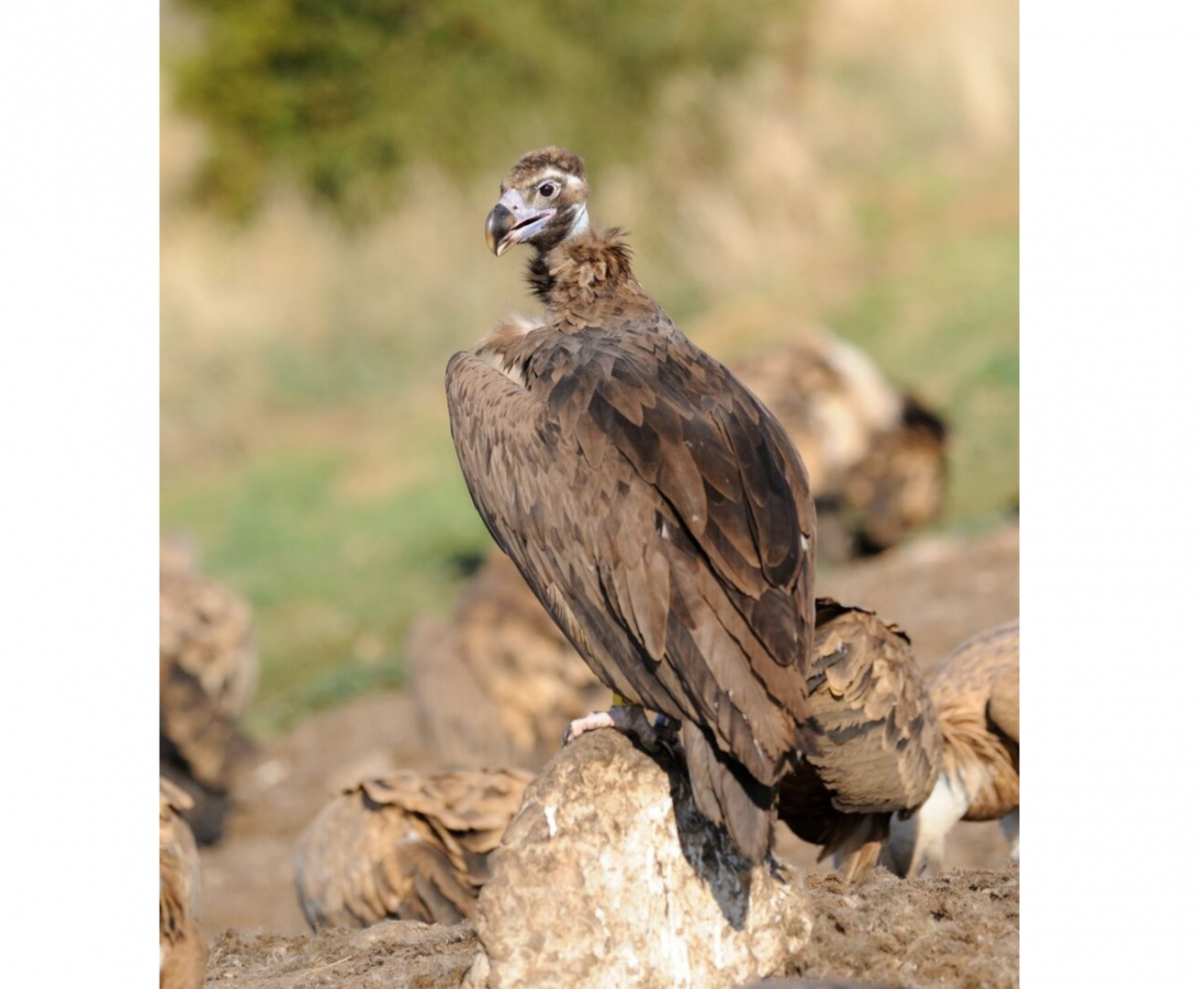The conservation community takes actions to protect Mediterranean raptors and vultures
Poisoning, food scarcity, collisions at wind farms and power lines, as well as electrocutions are some of the biggest threats for the majority of raptors and vultures. Moreover, many breeding populations are isolated and most species have low reproduction rates. For this reason, there are major concerns about the long-term survival of these species in Europe and the Mediterranean.
These aspects will be discussed at the European Vulture Conference 2019 - #Vultures2019, that begins today in Albufeira, Algarve (Portugal) and will go on until 4th October: Representatives of national and regional authorities, scientists, conservationists and the public will gather at this international congress to discuss about the latest research and conservation status of vultures in Europe and beyond.
The IUCN Centre for Mediterranean Cooperation will be participating with a presentation of IUCN’s latest general recommendations for managing the impacts of renewable energy sources on biodiversity and the list of threatened species affected by those impacts, as well as an introduction to IUCN's work in North Africa on transboundary conservation of threatened raptors and on power lines.
To this regard, IUCN-Med has just published a set of practical guidelines with the support of the MAVA Foundation for identifying and preventing interactions with potentially dangerous powerlines. This is the result of the actions developed during the last years to promote cooperation between the Mediterranean actors involved in the conservation of raptors. The ultimate goal is to contribute to minimize the threats to raptors in the Mediterranean and more particularly in North Africa.
In the coming days, IUCN-Med will launch a useful mobile application, that facilitates the identification of the most dangerous power lines affecting raptors in the Mediterranean. It will also help companies in the electricity sector address conservation issues related to their operations.
For further details, please contact Violeta Barrios, Species Programme





